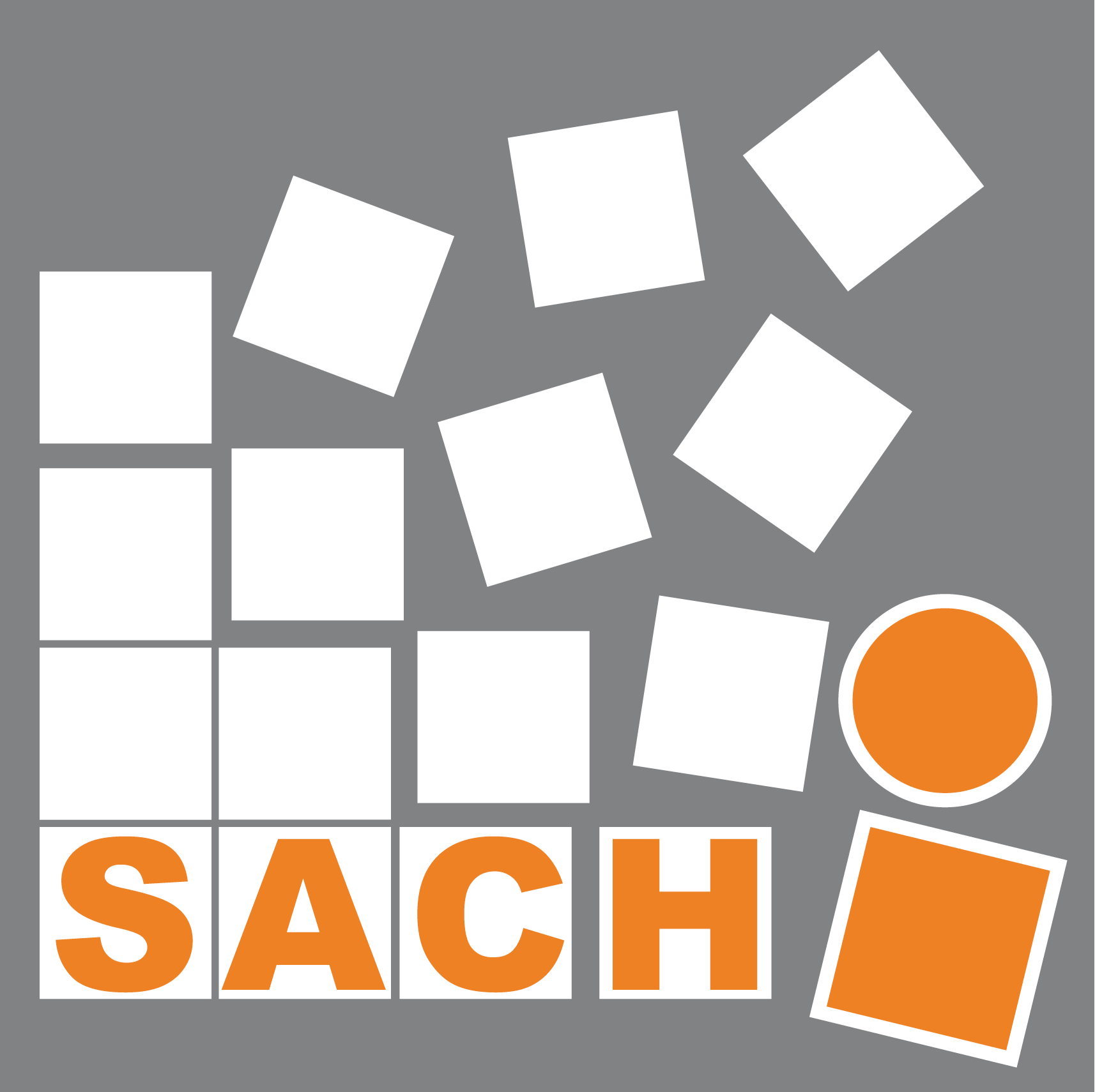 On the 11th of February SACHI hosted over 30 researchers from across SICSA for a MultiModal Interaction theme workshop here in St Andrews. Along with research overviews from many groups we were able to have a research poster session at lunch. This event gave us the opportunity to launch our new HCI lab which will form the basis of our experimental facilities here in St Andrews. Per Ola was also able to join us from Cambridge for the day which gave everyone a great opportunity to meet him. Others from St Andrews who attended included Mirco,Tristan, Alan, Colin, Jakub, Tom and Savio for the poster session.
On the 11th of February SACHI hosted over 30 researchers from across SICSA for a MultiModal Interaction theme workshop here in St Andrews. Along with research overviews from many groups we were able to have a research poster session at lunch. This event gave us the opportunity to launch our new HCI lab which will form the basis of our experimental facilities here in St Andrews. Per Ola was also able to join us from Cambridge for the day which gave everyone a great opportunity to meet him. Others from St Andrews who attended included Mirco,Tristan, Alan, Colin, Jakub, Tom and Savio for the poster session.
A substantive outcome from the day was the identification and formation of five new strands of activity within the SICSA MMI theme (along with identified leadership).
5 Strands identified:
- IxD/UX (interaction design/user experience)
- Tourism
- Health and Wellbeing
- Social and Affective
- Mobile Interaction
Email Aaron if you want a contact for any of these or the contact the SICSA MMI theme leader, Professor Stephen Brewster.
The agenda for the day was:
10.30am Informal morning coffee in Jack Cole Building
11.00 – 11.05 Introductions and Welcome from Aaron Quigley and Stephen Brewster
11.05 – 11.20 Heriot-Watt University
11.20 – 11.35 University of Abertay Dundee
11.35 – 11.50 Glasgow Caledonian University
11.50 – 12.05 University of St Andrews
12.05 – 1.00 Discussion Session A Jack Cole 1.33a Topics
1. Revisit 4 themes of
a. Tools and Techniques,
b. Evaluation,
c. Social and Affective MMI,
d. Whole Body Interaction
2. Schedule and goals for MMI workshops for Apr, Jul, Oct (GCal), Jan (’12)
3. MMI theme collaboration on special issue journals, workshops, events, conferences
4. Cross-site activities: internships, debates, PhD event, visitors, seminar series, exchange program
1.00 – 2.00 Lunch and Poster Session
SACHI: St Andrews Computer Human Interaction research group, HCI Lab, John Honey Building
2.00 – 2.15 University of Glasgow
2.15 – 2.30 University of Edinburgh
2.30 – 2.45 Edinburgh Napier University
2.45 – 3.00 University of Dundee
3.00 – 4.00 Discussion Session B Jack Cole 1.33a Topics
1. Revisit 4 themes of Tools and Techniques, Evaluation, Social and Affective MMI,Whole Body Interaction
2. Funding opportunities (discussion on EU, national (EPSRC/TSB/SFC), industry funding groups in MMI could pursue)
Email Aaron if you have any questions on this day. We owe a great thanks to the administrative and technical support team here in Computer Science for their efforts behind the scenes and to Jakub and Tom for setting up a great many things, including the lunchtime poster session.






